7 Most Misleading Animal Names
Deceptive names
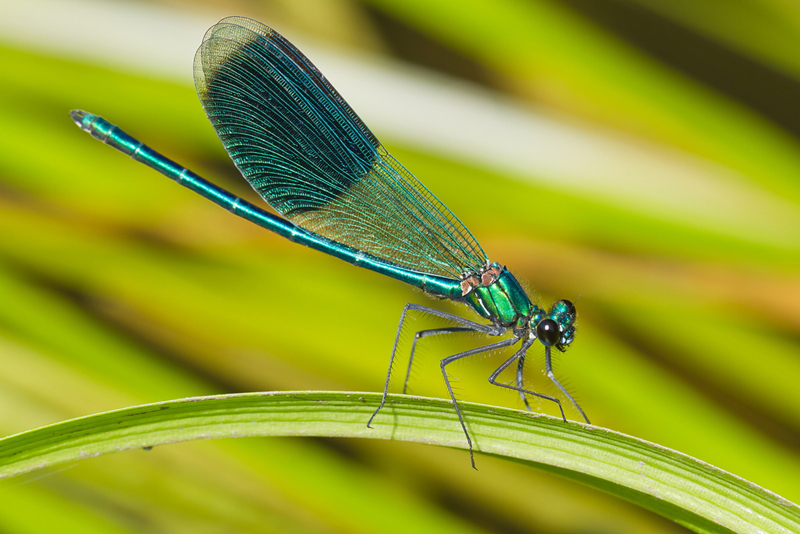
What's in a name? When it comes to animals, a variety of characteristics can be wrapped up in a common name, including where an animal lives (mountain goat), what an animal eats (anteater), the color of an animal (brown bear) or, more broadly, what an animal looks like (dragonfly). This last category, however, is where the naming scheme can become misleading. Is a dragonfly a true fly? No – it belongs to the order Odonata, along with damselflies, whereas true flies (house flies, fruit flies, etc.) belong to the order Diptera. And is a dragonfly a dragon? That's probably a more obvious "no." Here is a list of seven other imaginative but potentially misleading animal names:
Seahorse
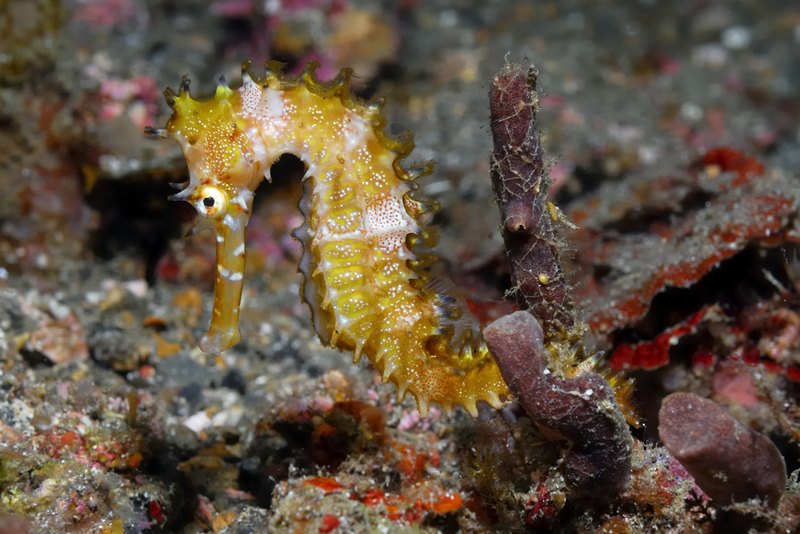
A seahorse might slightly resemble a horse, without the fur, and with a different kind of tail, but it is really a fish that belongs to the Syngnathidae family, along with pipefishes and leafy sea dragons. To be fair to whoever came up with the common name seahorse, it's a bit more accurate than the direct translation of the animal's Latin genus name, Hippocampus, which literally translates as "horse" (hippos-) "sea monster" (-kampos). Calling anything that only grows to be about 1 inch (2.5 centimeters) long a monster is potentially more misleading than calling a fish a horse.
Starfish
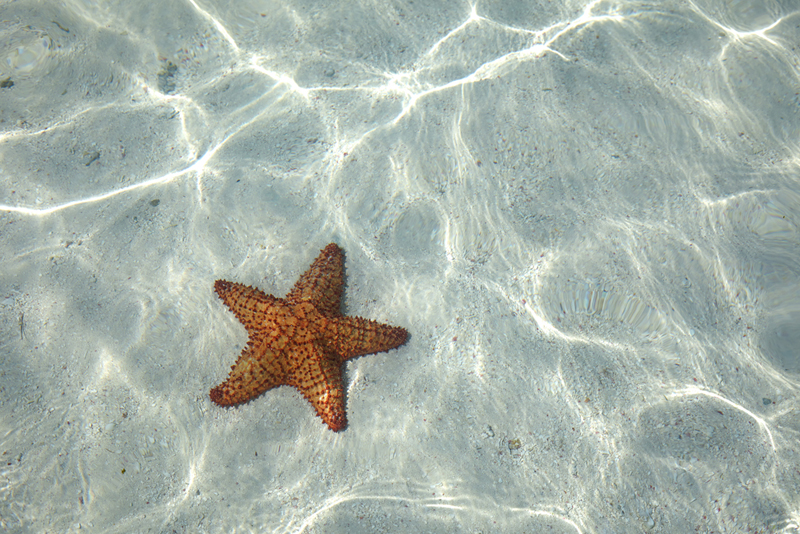
Starfish don't have scales, don't have tails and can't swim, so they are therefore not fish. Instead, the rough-skinned, multi-legged seafloor dweller is an echinoderm, related to sea urchins and sea cucumbers. Though it does at least look like a star.
Red panda
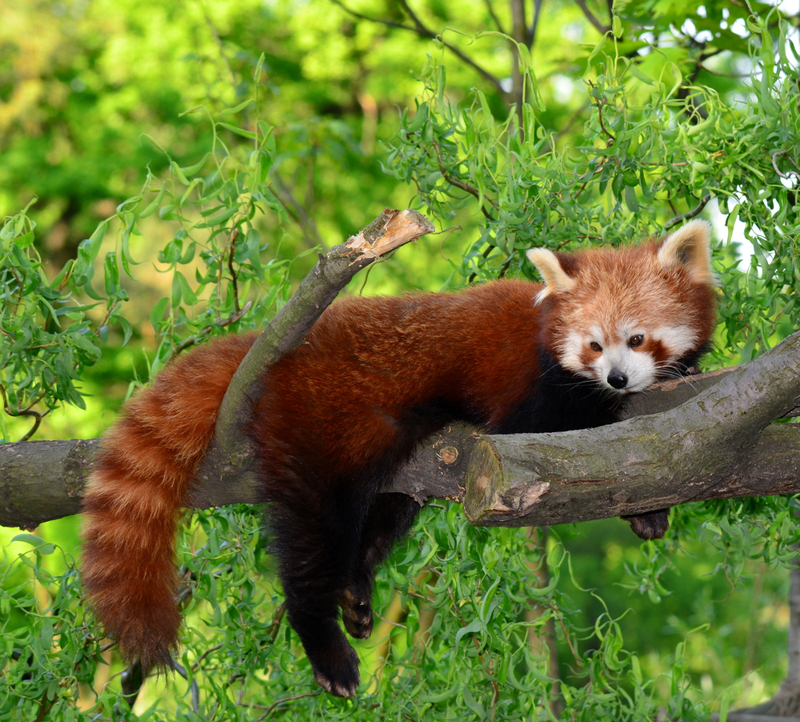
Like true panda bears, red pandas spend much of their time munching on bamboo up in tree limbs. And, like true pandas, they have thumb-like appendages. But this eastern Himalayan and southwestern China-dwelling animal does not belong to the same family as the true panda, and is not a bear. They actually look and act more like raccoons. They also occupy a family all to their own, Ailuridae, and all of their closest relatives have gone extinct.
Ringworm

Ringworm, also known as dermatophytosis, is not a worm at all: It is a fungal infection consisting of several different species of fungus that feeds on keratin — the substance found in hair, nails and the outer layer of skin — within humans and domesticated animals. The infection forms a ring-like pattern on skin that sort of looks like a worm burrow.
Guinea pig
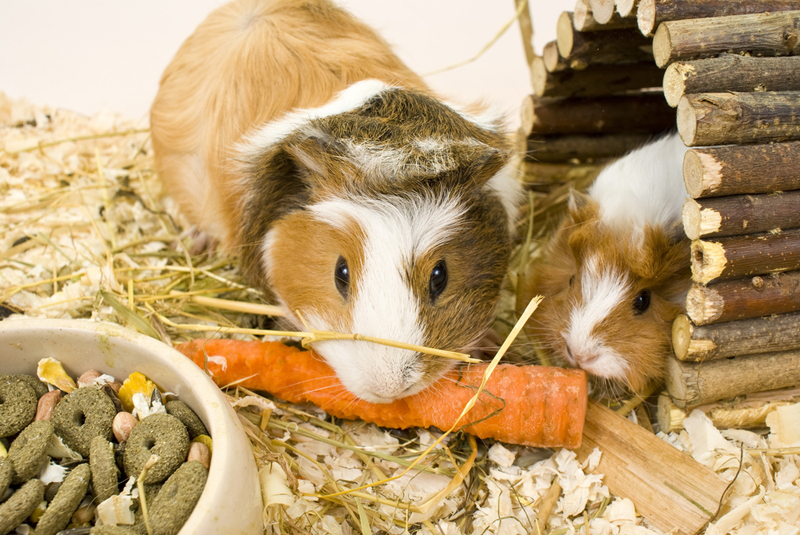
These common household pets (in the United States) and increasingly popular delicacies (in South America) have more fur and faster metabolisms than any true pig. Guinea pigs are rodents, and the only thing they share in common with true pigs is that they are mammals … and they make squeaky sounds.
Prairie dog
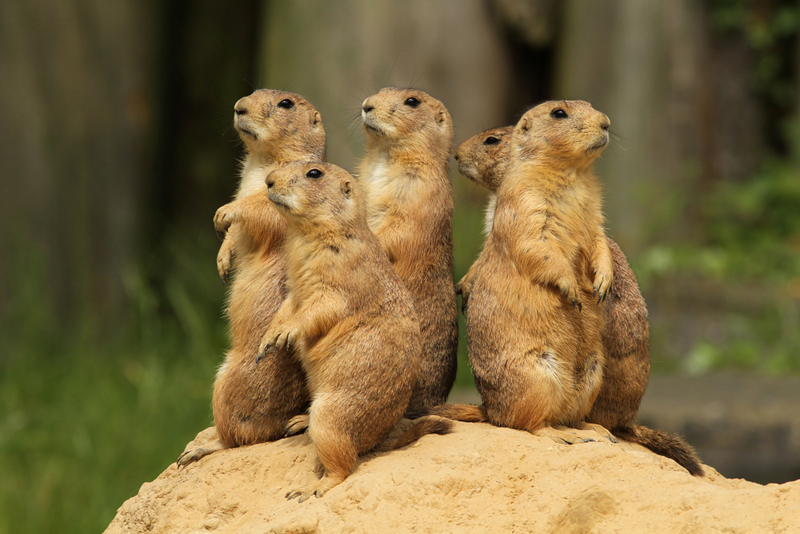
Like guinea pigs, prairie dogs are rodents, and have nothing more in common with domesticated dogs than guinea pigs do with true pigs. The call of the prairie dog is thought to sound like the bark of a dog, but given its small size, the tone of its bark only matches that of the smallest true dogs.
Get the world’s most fascinating discoveries delivered straight to your inbox.
Flying fox
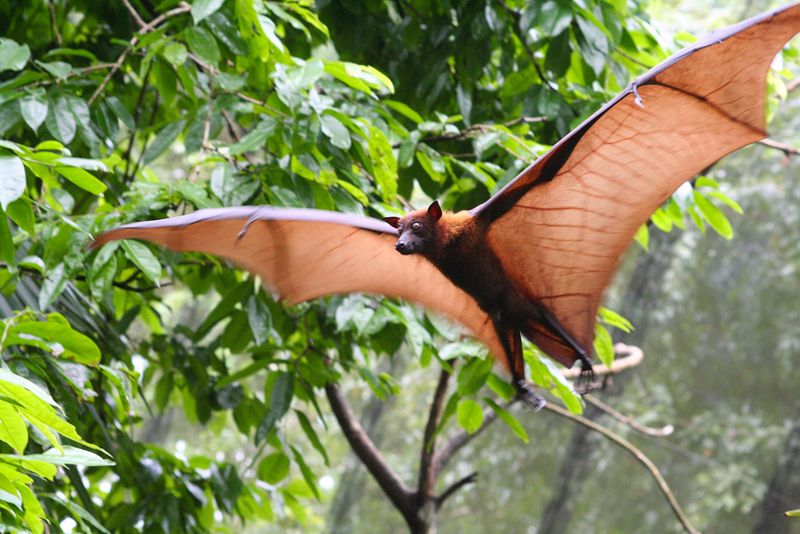
With wingspans reaching up to about 4.5 feet (1.4 meters) wide, these animals can grow to be as large as a fox. But they are not foxes at all — they are the largest and least studied bats in the world. More than 60 species are known to live throughout isolated islands within the Pacific and Indian oceans, and parts of continental Australia and Asia. Their brownish-red fur resembles that of a fox, but aside from that, these tree-dwelling, fruit-eating mammals have little in common with their namesakes.

 Live Science Plus
Live Science Plus





